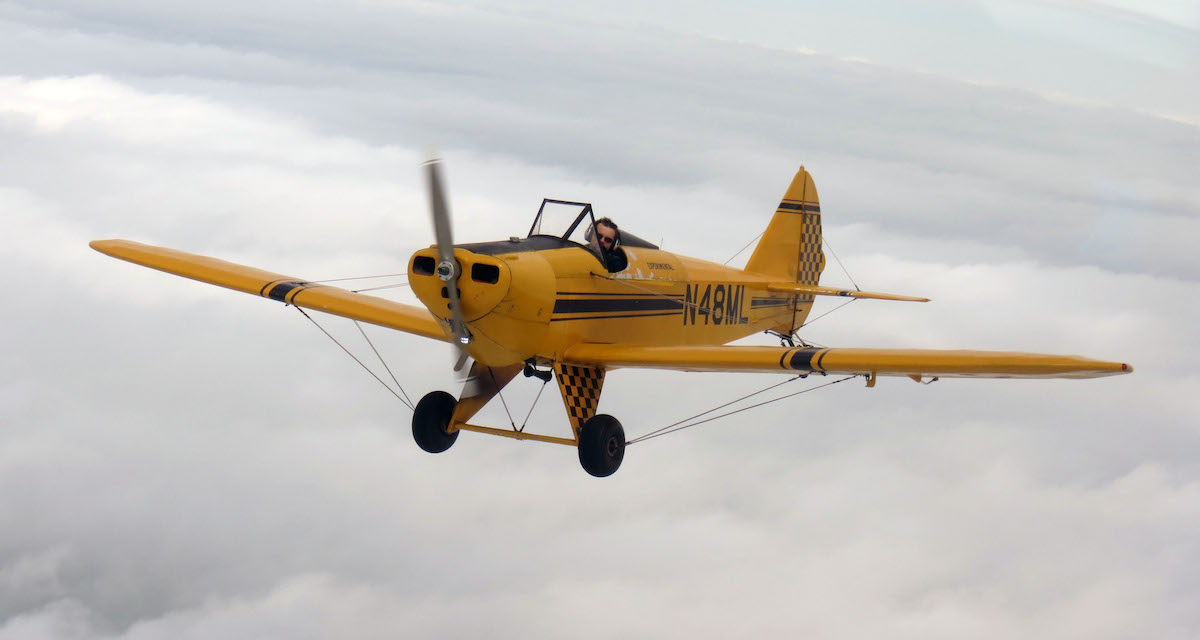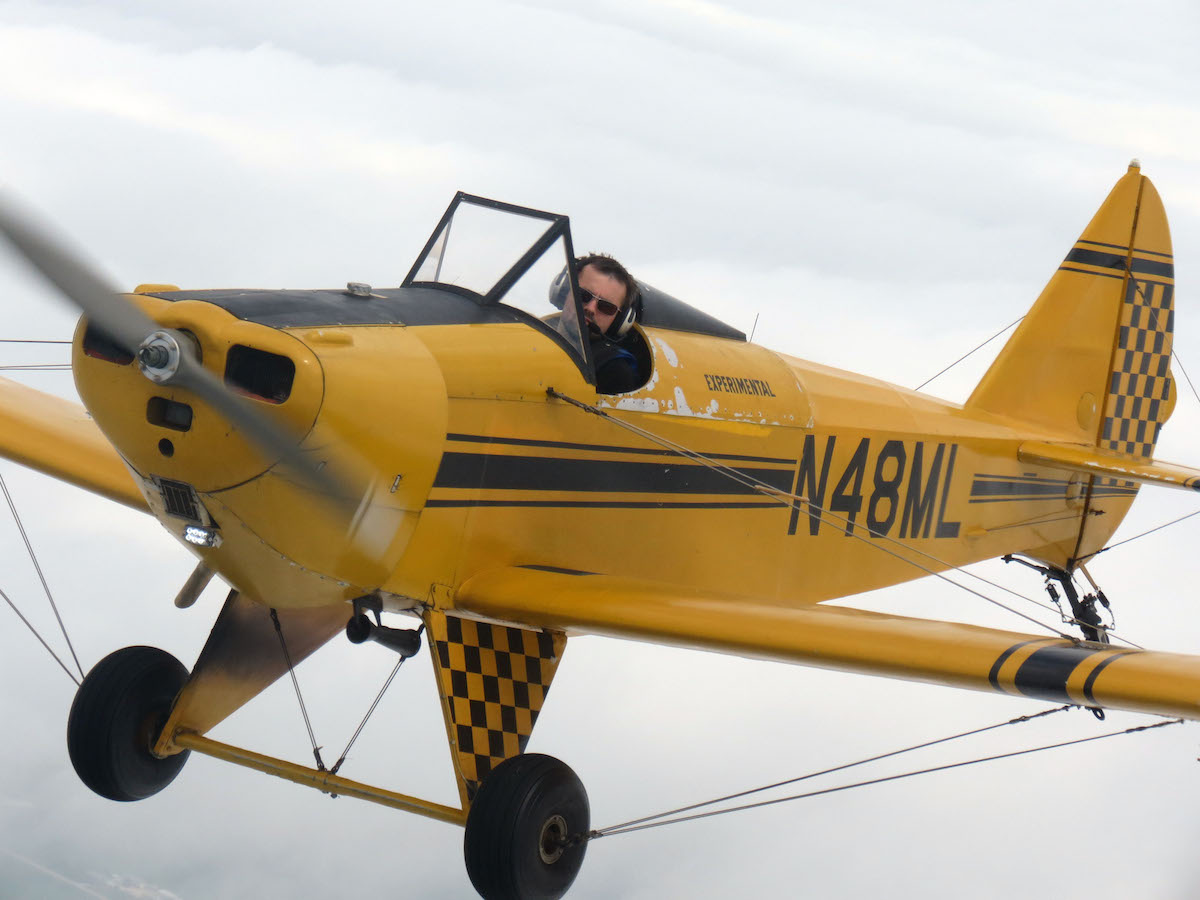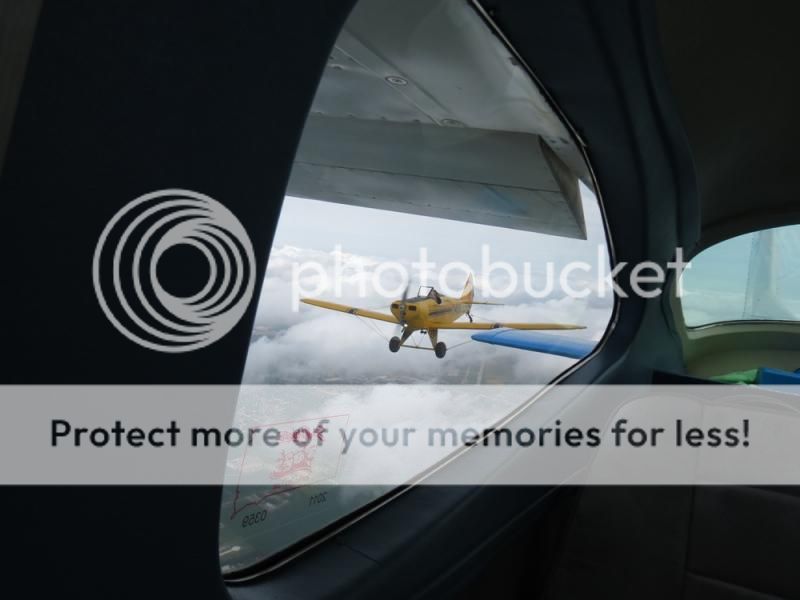but so what is the takeoff process at a controlled field?
first plane is cleared to takeoff. 2nd plane is not squawking standby and sneaking on to the runway
I cant figure this part out
Aircraft 1 squawk VFR.
Aircraft 2 squawk standby.
Taxi to runway one behind the other.
Aircraft 1 calls tower: ... Flight of two ... Ready for takeoff ...
Tower calls flight: ... Cleared for takeoff ...
Aircraft 1 taxis onto runway and lines up downwind of centerline.
Aircraft 2 taxis onto runway and lines up upwind of centerline and several feet behind #1.
Aircraft 1 starts take off roll.
As soon as Aircraft 1 is rolling, Aircraft 2 starts takeoff roll at the same time.
Both take off.
Aircraft 2 keeps Aircraft 1 in sight and avoids at all times.
Both level off at agreed upon altitude and airspeed.
Aircraft 2 should not be in direct trail. Should be off to one side to avoid wake turbulence.
Aircraft 2 never overtake Aircraft 1. Never lose sight of Aircraft 1.
Banks at a low angle so that wing does not obscure the other aircraft.
Agree to a procedure if you lose sight.
If you want to switch so that Aircraft 2 is in lead and Aircraft 2 in trail, coordinate on the radio, "Aircraft 2, take the lead". Lead aircraft maintains speed, altitude, direction. "Aircraft 2 is taking lead." Trailing aircraft pulls up parallel to the lead to the left of lead so that the other pilot can see him. Trailing aircraft then pulls ahead of former lead and becomes lead. New lead aircraft squawks VFR; new trailing aircraft squawks standby. "Aircraft 2 is lead."
...
Aircraft 1 (Lead) calls tower: ... Flight of two ... 10 miles ...
... downwind ...
Adjust distance on downwind to be about 300 feet apart.
Tower calls flight: ... cleared to land ...
Aircraft 1: ... cleared to land ...
Aircraft 1 lands on centerline of the runway. Land on the second half of the runway.
Aircraft 2 lands on centerline of the runway. Land on the first third of the runway.
Both taxi off the runway.
COMMON MISTAKES:
Lead not maintaining speed and altitude reliably. If lead has autopilot, use it, but not for turns. Lead use altitude hold if you have it.
Losing sight of the lead aircraft in a bank.
Overtaking the lead aircraft in a turn.
Don't slow down and stall on landing. You both can use the runway to the end.
Not breaking formation if you lose sight of the lead.
http://www.aopa.org/AOPA-Live/Technique?ipp=50&watch={8A189434-E97E-4AF4-991C-E98626A1221A}
https://www.faasafety.gov/files/gslac/library/documents/2011/Oct/57893/111013 FLYING LESSONS.pdf




